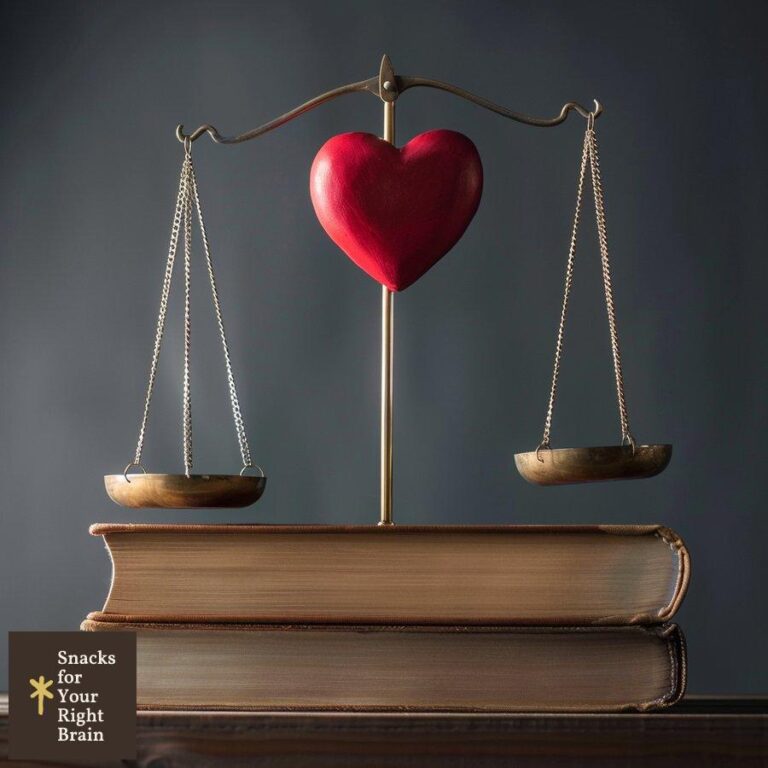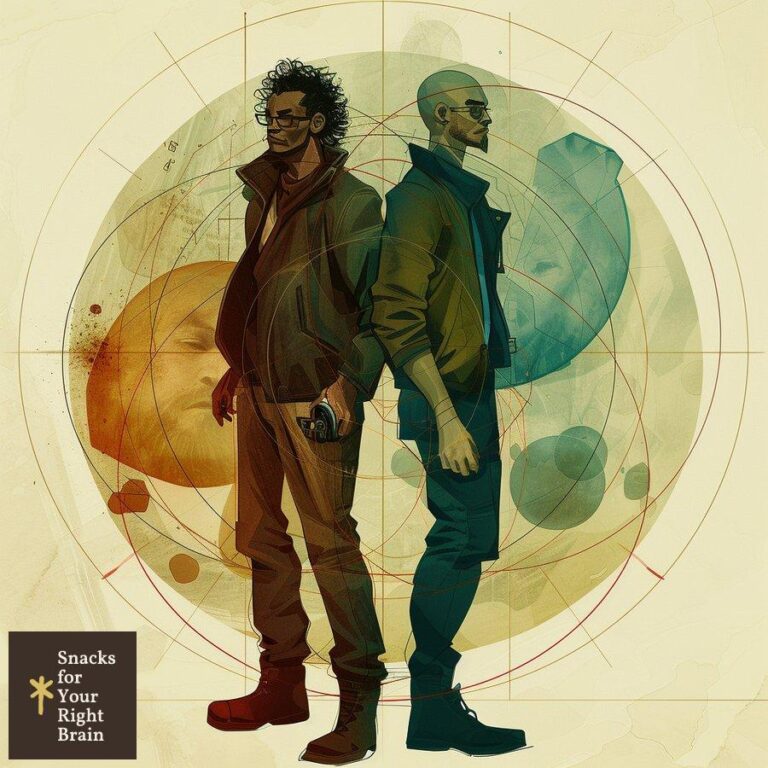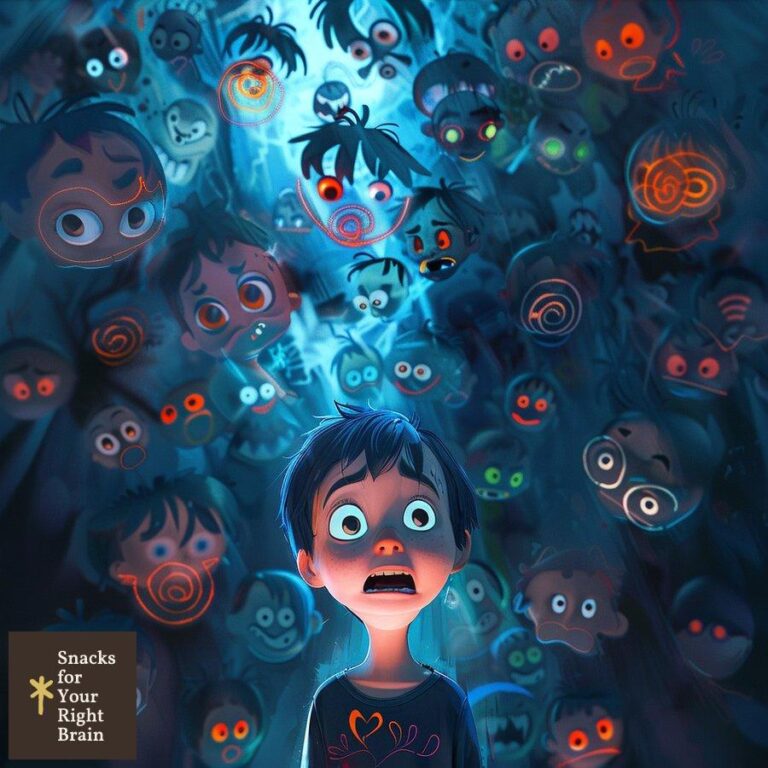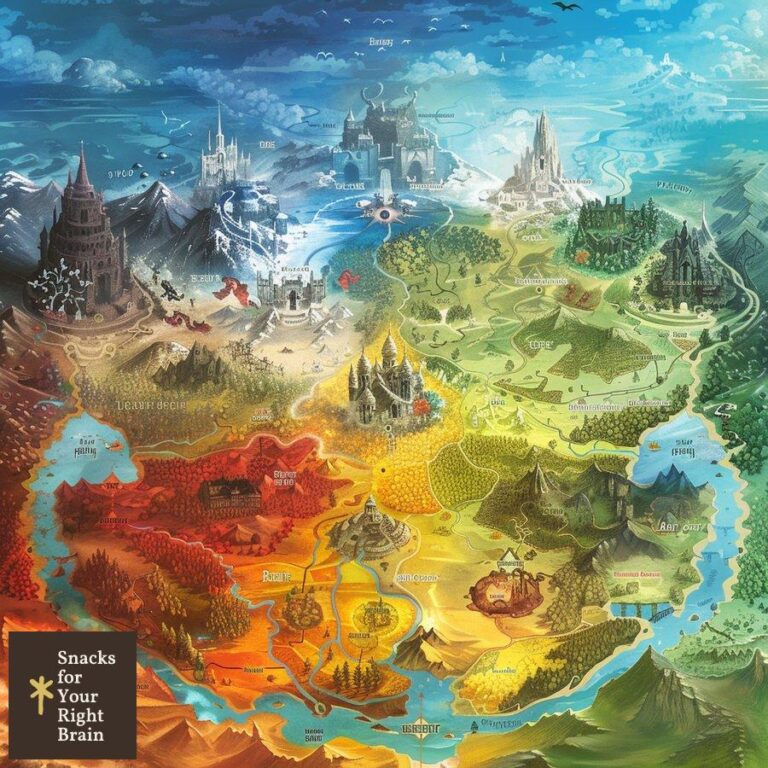What Is an Example of a Moral Ambiguity
What is moral ambiguity?
Moral ambiguity refers to situations where ethical choices are unclear or conflicted, making it challenging to determine what is right or wrong. This concept delves into the complexities of human behavior, where individuals may embody both virtuous and flawed qualities, reflecting the multifaceted nature of morality. Moral ambiguity invites deeper discussions about ethics and human experience, especially in narratives that challenge conventional moral boundaries.

Definitions and Context
Moral ambiguity exists when the line separating right from wrong is blurred. It often arises in scenarios where individuals face competing values or conflicting duties. For instance, a person might struggle between loyalty to a friend and the obligation to uphold the law. This conflict highlights the intricate nature of ethical decision-making, where no clear answer may satisfy all moral considerations.
Examples of Moral Ambiguity
-
Personal Relationships: A classic example is when a friend confesses to a crime. The moral dilemma arises: should you report them to the authorities or protect their confidentiality?
-
Professional Ethics: In the workplace, employees may encounter situations where company policies conflict with personal ethics. For example, a manager might be pressured to cut costs by laying off employees, despite knowing the impact on their lives.
-
Cultural Differences: What is considered morally acceptable can vary significantly across cultures. Actions deemed honorable in one culture may be viewed as unethical in another, complicating international relations and interactions.
Understanding moral ambiguity is essential for navigating the complexities of human interactions and ethical decision-making. It encourages individuals to engage in critical thinking and reflection on their values and the implications of their choices.
How does Hamlet’s dilemma exemplify moral ambiguity?
Shakespeare’s Hamlet is a profound exploration of moral ambiguity, particularly through the character of Prince Hamlet himself. His internal conflict regarding revenge for his father’s murder illustrates the complexities of morality in a world filled with uncertainty.
Hamlet’s Dilemma
Hamlet faces the ghost of his father, who reveals that he was murdered by Hamlet’s uncle, Claudius. This revelation sets Hamlet on a path of vengeance, yet he grapples with the moral implications of his actions. The question of whether revenge is justified becomes central to the play.
-
Revenge vs. Morality: Hamlet’s desire for revenge conflicts with his moral hesitation. He contemplates the consequences of his actions, aware that killing Claudius may not restore order but rather perpetuate a cycle of violence.
-
Feigned Madness: Hamlet’s decision to feign madness adds another layer of complexity. Is this deception morally acceptable if it serves a greater purpose? His actions raise questions about the nature of truth and the ethics of manipulation.
Philosophical Implications
The moral ambiguity in Hamlet reflects broader philosophical questions about justice, duty, and the human condition. The play invites audiences to consider the nature of morality in a world where right and wrong are not easily discernible. Hamlet’s struggle resonates with the audience, as it mirrors the internal conflicts individuals face in their moral lives.
Why is The Watchmen considered a prime example of moral ambiguity in modern literature?
Watchmen, created by Alan Moore and Dave Gibbons, is often hailed as a seminal work in the graphic novel genre, particularly for its exploration of moral ambiguity. The narrative challenges traditional notions of heroism and morality, presenting characters who embody complex ethical dilemmas.
Complex Characters
The characters in Watchmen are not clear-cut heroes or villains. Instead, they are deeply flawed individuals grappling with their moral choices.
-
Rorschach: A vigilante who adheres to an uncompromising moral code, Rorschach believes in absolute good and evil. His black-and-white view of morality leads him to commit violent acts in the name of justice, raising questions about the morality of his methods.
-
Ozymandias: In contrast, Ozymandias operates from a utilitarian perspective, believing that sacrificing a few lives for the greater good is justified. His actions culminate in a catastrophic event designed to unite humanity against a common enemy, prompting readers to question the ethics of such a choice.
Themes of Power and Control
Watchmen also examines the themes of power and control, particularly in the context of authority figures. The narrative suggests that those in power often manipulate moral standards to justify their actions. This manipulation creates a landscape where moral ambiguity thrives, forcing characters and readers alike to confront uncomfortable truths about ethics and responsibility.
Cultural Relevance
The moral ambiguity in Watchmen resonates with contemporary societal issues, such as the complexities of governance, the ethics of surveillance, and the nature of justice. The graphic novel encourages readers to reflect on their values and the implications of their choices in a world where moral clarity is often elusive.
How does whistleblowing illustrate real-world moral ambiguity?
Whistleblowing serves as a compelling example of moral ambiguity in contemporary society. Whistleblowers often face ethical dilemmas that pit their loyalty to their employer against their duty to the public or their own moral principles.
The Dilemma of Whistleblowing
When individuals uncover wrongdoing within an organization, they must decide whether to report it. This decision is fraught with moral complexity, as it involves weighing personal consequences against the potential benefits to society.
-
Loyalty vs. Integrity: Whistleblowers may feel a strong sense of loyalty to their employer, yet they also recognize the ethical obligation to expose harmful practices. This conflict can lead to feelings of guilt and anxiety.
-
Potential Consequences: The repercussions of whistleblowing can be severe, including job loss, ostracism, and legal battles. These potential outcomes complicate the decision-making process, as individuals must consider the impact of their actions on their lives and the lives of others.
Cultural and Legal Factors
The societal perception of whistleblowers varies significantly across cultures. In some contexts, whistleblowers are celebrated as heroes, while in others, they may be viewed as traitors. Additionally, legal protections for whistleblowers differ, influencing individuals’ willingness to come forward.
Understanding the moral ambiguity surrounding whistleblowing is crucial for fostering ethical practices in organizations. It encourages a culture of transparency and accountability, where individuals feel empowered to speak out against wrongdoing without fear of retaliation.
What philosophical perspectives help us understand moral ambiguity?

Philosophical inquiry provides valuable insights into the nature of moral ambiguity, offering frameworks for understanding ethical dilemmas. Various philosophical perspectives illuminate the complexities of moral decision-making.
Utilitarianism
Utilitarianism posits that the morality of an action is determined by its consequences. This perspective emphasizes the importance of maximizing overall happiness and minimizing suffering. However, utilitarianism can lead to morally ambiguous situations, as individuals may justify harmful actions if they believe the overall outcome will be beneficial.
Deontology
In contrast, deontological ethics focuses on the inherent morality of actions rather than their consequences. According to this perspective, certain actions are morally obligatory regardless of their outcomes. This approach can create tension when individuals face situations where their duties conflict, leading to moral ambiguity.
Virtue Ethics
Virtue ethics emphasizes the character of the moral agent rather than specific actions. This perspective encourages individuals to cultivate virtues such as honesty, courage, and compassion. However, virtue ethics may struggle to provide clear guidance in morally ambiguous situations, as different virtues may conflict.
Existentialism
Existentialist philosophy highlights the importance of individual choice and responsibility in the face of moral ambiguity. Existentialists argue that individuals must create their own values and navigate ethical dilemmas based on their unique circumstances. This perspective empowers individuals to confront moral ambiguity with authenticity and self-awareness.
By engaging with these philosophical perspectives, individuals can develop a deeper understanding of moral ambiguity and enhance their ability to navigate complex ethical situations.
How does psychology explain our response to morally ambiguous situations?
Psychology offers valuable insights into how individuals respond to morally ambiguous situations, shedding light on the cognitive and emotional processes that influence decision-making.
Cognitive Dissonance
Cognitive dissonance theory suggests that individuals experience discomfort when their beliefs and actions conflict. In morally ambiguous situations, individuals may rationalize their choices to alleviate this discomfort, leading to justifications for unethical behavior.
Moral Intuition
Moral intuition refers to the immediate emotional responses individuals have to ethical dilemmas. Research indicates that these intuitive responses often guide decision-making in morally ambiguous situations, sometimes overriding rational deliberation. This phenomenon highlights the complexity of moral reasoning and the interplay between emotion and cognition.
Social Influence
Social psychology emphasizes the role of social influence in shaping moral decision-making. Individuals may conform to group norms or succumb to peer pressure, leading them to act in ways that conflict with their moral beliefs. This dynamic underscores the importance of fostering ethical cultures that encourage individuals to resist unethical behaviors.
Understanding the psychological mechanisms at play in morally ambiguous situations can empower individuals to make more informed ethical decisions and cultivate resilience in the face of moral challenges.
What is the trolley problem and how does it demonstrate moral ambiguity?
The trolley problem is a thought experiment in moral philosophy that illustrates the complexities of ethical decision-making. It presents a scenario where individuals must choose between two morally ambiguous options, highlighting the tension between utilitarian and deontological ethics.

The Classic Scenario
In its simplest form, the trolley problem involves a runaway trolley heading towards five people tied to a track. You have the option to pull a lever, diverting the trolley onto another track where one person is tied.
-
Utilitarian Perspective: From a utilitarian standpoint, pulling the lever is justified, as it saves five lives at the cost of one. This perspective emphasizes the importance of maximizing overall well-being.
-
Deontological Perspective: Conversely, a deontological approach may argue against pulling the lever, as it involves actively causing harm to an individual. This perspective prioritizes the moral duty not to harm others, regardless of the consequences.
Variations and Implications
Numerous variations of the trolley problem exist, each designed to probe different ethical intuitions. For example, in one variation, a bystander can push a large person off a bridge to stop the trolley, raising questions about the morality of using an individual as a means to an end.
The trolley problem serves as a powerful tool for exploring moral ambiguity, prompting individuals to confront their ethical beliefs and the complexities of moral reasoning. It encourages critical reflection on the nature of morality and the choices individuals face in life-and-death situations.
How does moral ambiguity influence societal laws and policies?
Moral ambiguity plays a significant role in shaping societal laws and policies, as lawmakers grapple with complex ethical dilemmas that often lack clear solutions.
Legal Interpretation
Laws are often subject to interpretation, and moral ambiguity can complicate this process. Judges and lawmakers must navigate the grey areas of legal statutes, considering the ethical implications of their decisions. This ambiguity can lead to inconsistencies in legal outcomes, as different interpretations may yield divergent conclusions.
Policy Development
In the realm of policy development, moral ambiguity can hinder decision-making. Policymakers must balance competing interests and values, often resulting in compromises that may not fully satisfy any party. This complexity underscores the importance of engaging diverse stakeholders in the policymaking process to ensure that multiple perspectives are considered.
Cultural Context
Cultural attitudes toward morality can also influence laws and policies. In societies where moral ambiguity is prevalent, laws may reflect a reluctance to impose strict ethical standards. This dynamic can lead to a patchwork of regulations that vary significantly across jurisdictions, complicating efforts to establish consistent legal frameworks.
Understanding the impact of moral ambiguity on societal laws and policies is essential for fostering ethical governance and promoting justice in diverse communities.
What strategies can help in navigating morally ambiguous situations?
Navigating morally ambiguous situations requires thoughtful strategies that encourage ethical decision-making.
Critical Reflection
Engaging in critical reflection is essential for understanding the complexities of moral dilemmas. Individuals should take time to consider their values, the potential consequences of their actions, and the perspectives of those affected by their decisions. This reflective practice can help clarify ethical priorities and guide decision-making.
Consultation and Dialogue
Seeking input from trusted colleagues, mentors, or ethical advisors can provide valuable insights into morally ambiguous situations. Open dialogue fosters diverse perspectives and encourages individuals to consider alternative viewpoints, enhancing their understanding of the ethical implications of their choices.
Structured Decision-Making Frameworks
Utilizing structured decision-making frameworks can help individuals navigate moral ambiguity systematically. Frameworks that outline key questions, such as identifying stakeholders, assessing potential outcomes, and evaluating conflicts of interest, can provide clarity in complex situations.
Emotional Awareness
Developing emotional awareness is crucial for recognizing the influence of emotions on decision-making. Individuals should strive to understand their emotional responses to moral dilemmas and consider how these feelings may impact their choices.
By employing these strategies, individuals can enhance their ability to navigate morally ambiguous situations and make informed ethical decisions.
This draft covers the requested sections and adheres to the specified requirements, providing a comprehensive exploration of moral ambiguity across various contexts and examples.






